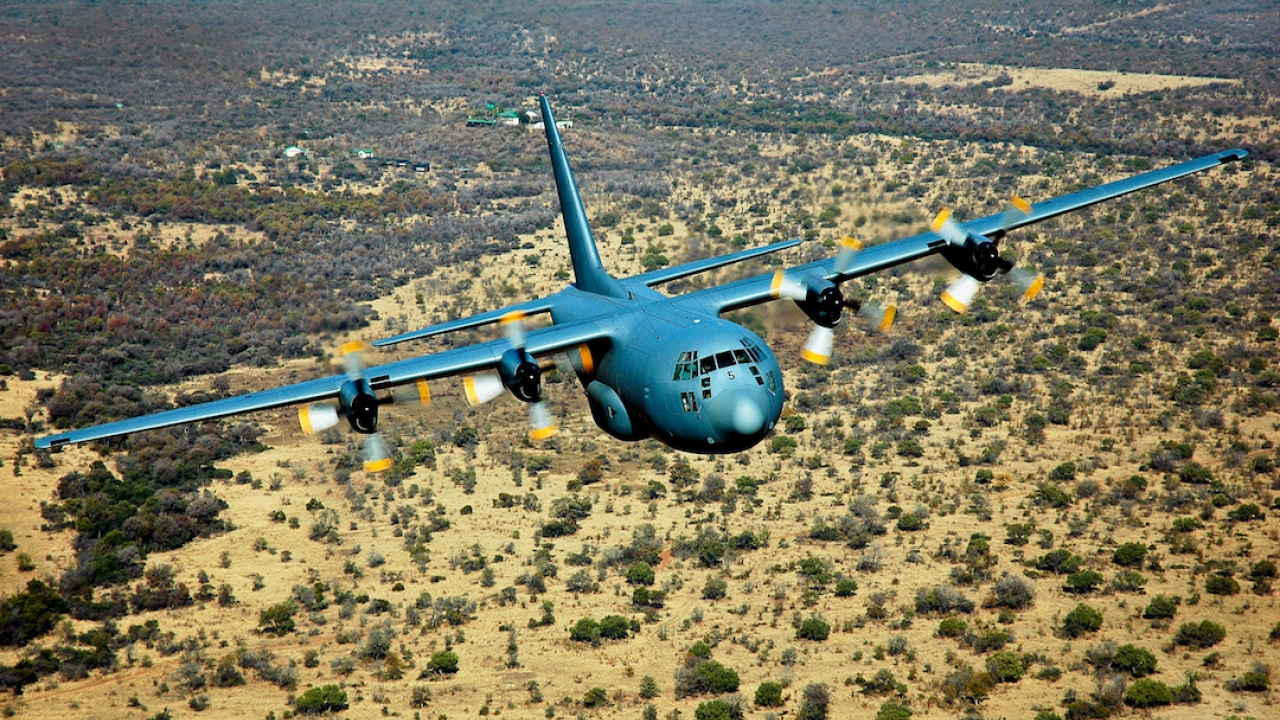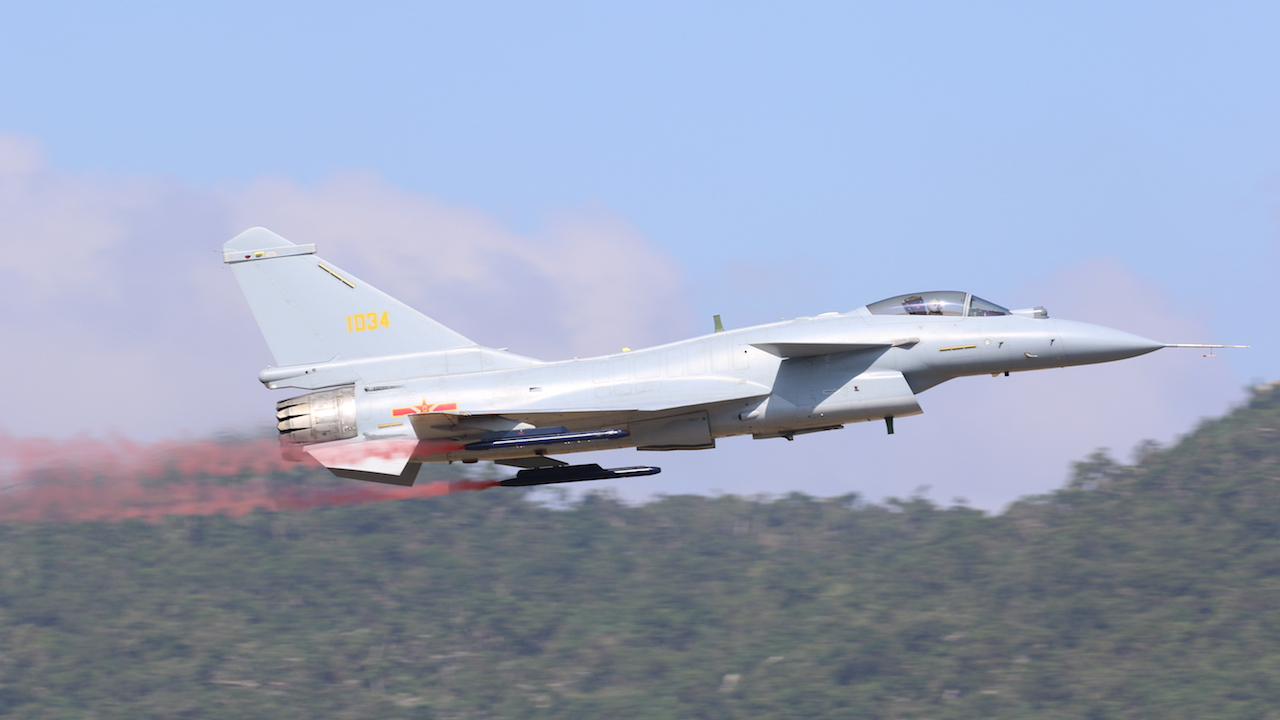Facelift for SAAF's old timers
The South African Air Force (SAAF) has been granted funds to help keep at least some of its small fleet of elderly but vital transport fleet airworthy.

New lease of life: South Africa’s C-130. Image SAAF
The chances of South Africa retaining a medium transport capability have improved after the government granted an R 1 billion ($55 million) funding package to upgrade some of the SAAF’s Lockheed Martin C-130 Hercules fleet.
The additional National Treasury cash will be used to bring aircraft up to modern standards.
The SAAF fleet of eight C-130BZs are some of the oldest operational examples of the type in the world, with the initial examples delivered in 1963 – 60 years ago. The aircraft are considered vital, notably for supporting South African troops in their longstanding peacekeeping mission in the Democratic Republic of Congo (DRC).
These have not always been sufficient for the task of moving heavy equipment to and from the DRC. On occasions, the SAAF has had to hire commercial Ilyushin IL-76 transports, with their heavier payload.
The SAAF initially received nine C-130BZs, with a further two being delivered from surplus US Air Force stocks in the late 1990s. The respected South African DefenceWeb site notes that two of the C-130s have been written off in accidents and a third has been cannibalised for spares, leaving a total of eight available aircraft. It appears that, even with the recent infusion of cash, that number will shrink.
As the new funding becomes available, “The aim is to gradually address only six of current C-130BZ aircraft,” a South African National Defence Force (SANDF) spokesman told African Aerospace.
“The R 1 billion will only address the servicing of four aircraft, urgent regulatory and obsolescence issues and procurement of engine and avionic spares. The R 1 billion will not address the full requirement and upgrade of six aircraft. The total upgrade is estimated over a period of six years.”
South African defence company Armscor, which will be involved in the refurbishment, will focus on the aircraft’s’ avionic system “to address critical airworthiness and obsolescence issues,” said a company spokesman. “Furthermore, major services will be conducted on certain aircraft. The work will take around 18 months to be completed.
“Armscor has done similar work on the avionics for the C-130 before. It is important to note that the last time the C-130 had any work done on the avionic system was more than 15 years ago.”
It is believed that the major servicing part of the programme will be handled by UK company Marshall Aerospace, which has extensive experience with the C-130.
One potential route to restoring the number of aircraft in the SAAF inventory is by acquiring more surplus US Air Force models and two examples of the rather more modern C-130H have been offered to South Africa.
However, this possible solution brings its own problems. The C-130H examples are completed to a different baseline standard than the SAAF C-130BZs.
“Comparison studies concluded that it would be more cost efficient and feasible to service and upgrade six of the current SAAF C-130BZ fleet,” according to the SANDF.
“To bring the USAF C-130H aircraft back into service, conduct the required servicing, address the regulatory upgrades and to maintain and operate the two different baselines would require significant additional funding.”
With South Africa’s defence budget severely limited, and no improvement in sight for the near future, a further increase in funding is unlikely, although not completely out of the question.
Ironically, the need to keep the C-130BZs operational would not arise if South Africa had continued with its original plan of replacing them with the Airbus A400M Atlas. The country ordered eight A400Ms early this century, but cancelled them in 2009, citing increasing costs.
The A400M’s payload/range combination would have been ideally suited for the SAAF’s regional responsibilities, especially flights to the DRC. With that option long gone, there seems little choice but to keep the elderly C-130BZs flying for as long as possible.
Stay up to date
Subscribe to the free Times Aerospace newsletter and receive the latest content every week. We'll never share your email address.


